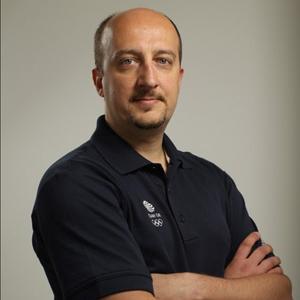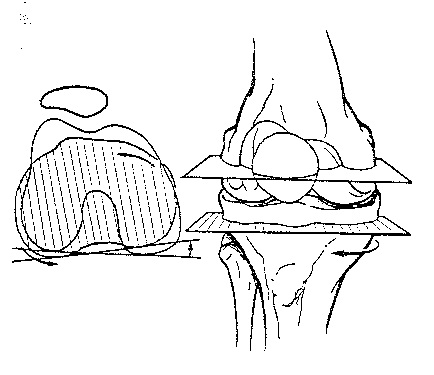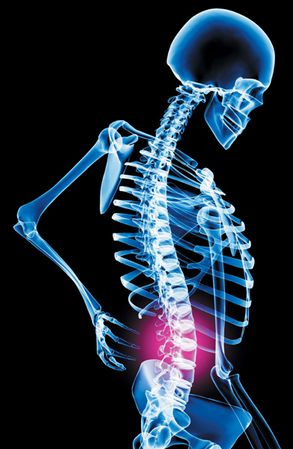Over the next month we will be previewing the 2013 BSMPG Summer Seminar speakers, their thoughts on the current state of Sports Medicine & Performance Training, how technology is influencing our profession (for better or worse) and preview their lectures.
Enjoy.

1. How has the field of sports medicine/performance changed in the last five years? Where do you see the field headed in the next five years
We have now more tools to measure and understand what constitutes performance and how athletes are progressing so training and nutritional prescriptions are becoming more accurate and many activities can be tailored to individual athletes to maximise their development and increase the chances of performing well. The field is moving quickly and with miniaturisation of technology it will be possible to know more about athletic performance and have better evidence to apply interventions. However training equipment does not seem to be evolving at a faster rate for various reasons. Food technology is also quickly accelerating so soon it will be possible to access functional foods tailored to individuals. More needs to be done to accelerate recovery from injury so I can see new compounds capable of accelerating muscle and tendon repair.
2. Athlete monitoring and sports analytics has emerged as leading topics within Sports Medicine and Performance Training, how has this field influenced your practice?
I think there has been a good evolution, still too many people collect too many data which do not affect performance. However data are good to provide an evidence-based approach to sports science and medicine and improve coaching decisions.
Has the field in your opinion gone too far with some professionals becoming slaves to data sets instead of providing solid clinical practice and coaching? Is there room for more monitoring? What "data sets" are you seeing as most impactful when is comes to providing athlete care and training?
Well, many people talk about data, few understand what makes good data. Clinical practice and coaching requires experience driven by knowledge and the real impact happens when knowledge combined with clinical practice make a (measurable) difference. So in some cases there has been an improvement, however in many cases people want/try to collect complex datasets but forget the collect simple ones so it is impossible to make informed decisions despite the fact that some “sexy”data sets are collected. For example, some people want to measure or measure salivary hormones but then do not have good training diaries (prescribed vs. executed) so they cannot manipulate training even if the hormone data seem to show some aspects of change.
3. What can attendees expect to hear from you at the 2013 BSMPG Summer Seminar? How may your lecture impact their practice on Monday morning?
I will address the issues presented before showing some examples of case studies as well as discussing current activities and highlighting some points being missed. I will also talk about practicality of interventions and will discuss the following concepts/approaches:
Signal-Noise
Dose-Response
Cost-Effectiveness
I am looking forward to attend the conference to share my experiences and view but most of all to meet colleagues and understand more about the state of US sport.













